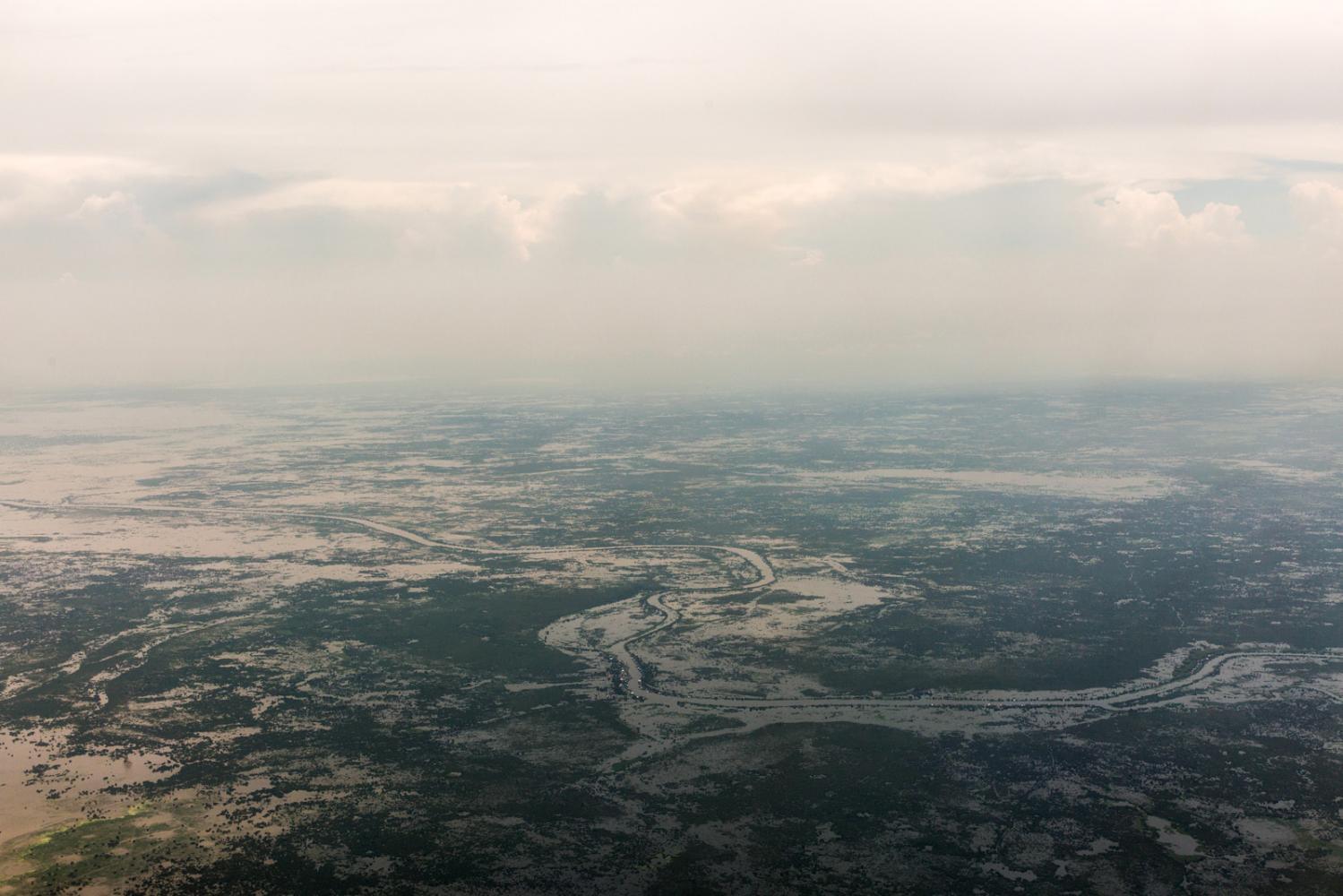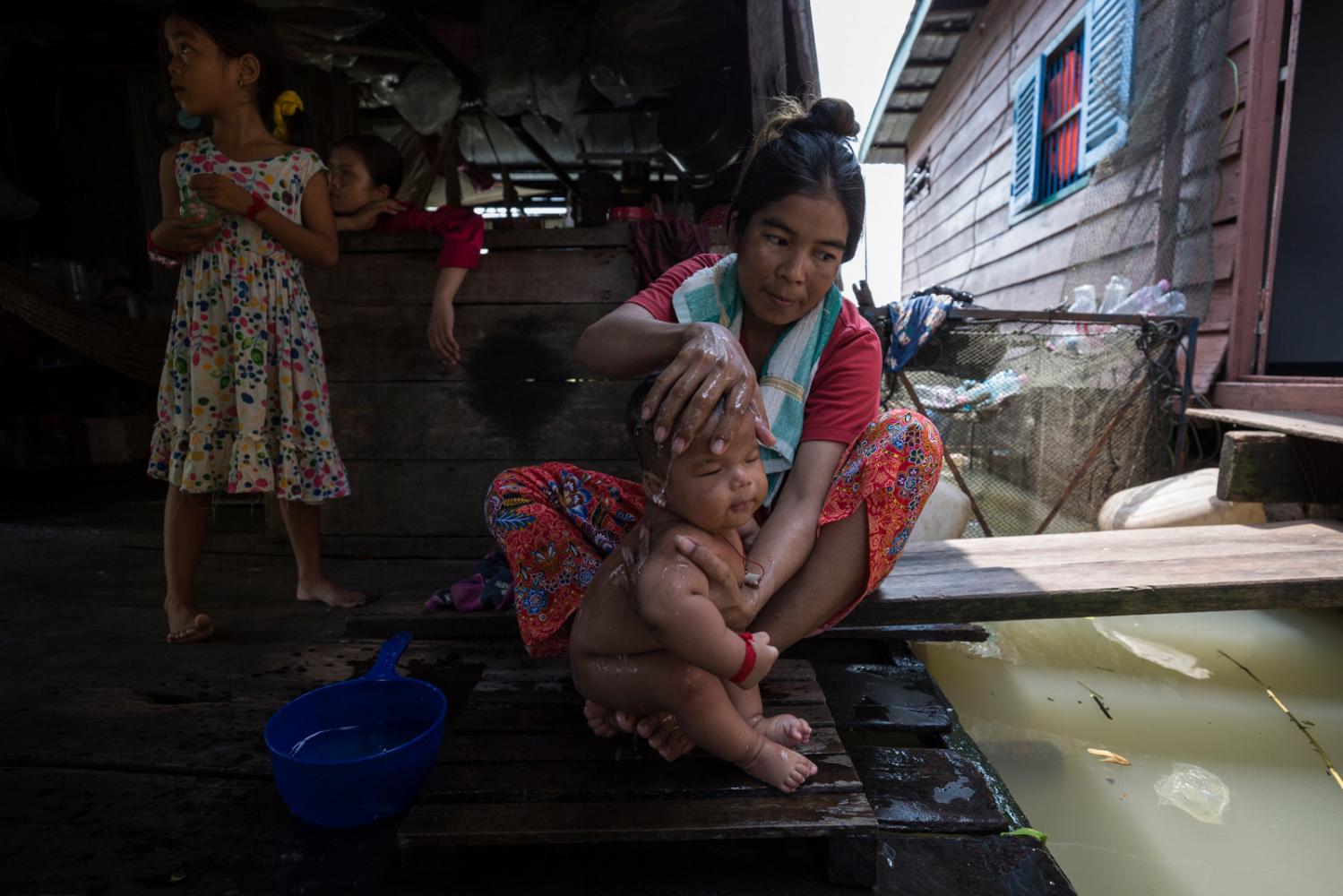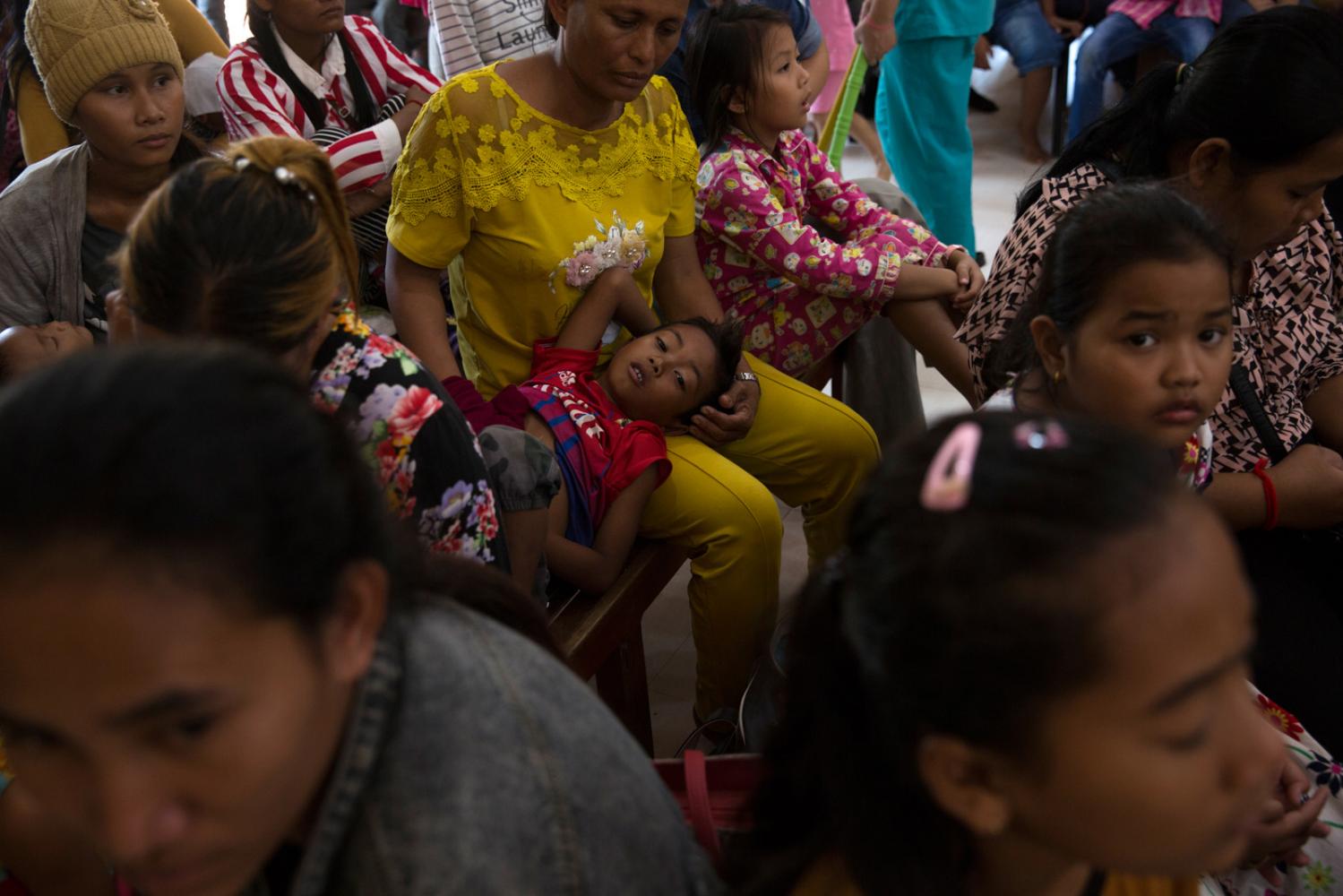Dengue fever is considered the most serious mosquito-borne viral disease, with 50% of the world population living in risk areas, mostly in tropical and sub-tropical regions offering perfect breeding grounds for the Aedes aegypti mosquito to proliferate. It’s estimated that up to 100 million people are infected each year. To date, there is no cure besides palliative care. If not monitored properly, the disease can evolve into a severe form and prove fatal. The burden of dengue is heavily felt in Southeast Asia, where most countries announced outbreaks at the start of this year’s rainy season.
In the Philippines, more than 1000 deaths and over 403,000 cases have been recorded in 2019 alone – a 98% increase from the previous year. From January to September, 110 people died from dengue with 106,000 cases of infection in Thailand alone, compared to just 50,000 in the same timeframe in 2018. Even if numbers don't tell the whole story as misdiagnosis and flaws in the reporting system continue to plague available data, there has been an undeniable surge in reported cases of dengue across the region, in Bangladesh, Malaysia, Vietnam, Laos, Singapore, etc. and hospitals have had difficulties responding to the inpouring of patients.
In June, the Angkor Hospital for Children (AHC) in Siem Reap, Cambodia, launched a series of Dengue Emergency Appeals requesting donations after a record number of submissions. Fully dependent on international donors, the hospital treats around 500 patients a day, a third of which were dengue during the peak from May to August. Dengue treatments at AHC in June were almost seven times that of June 2018 and more than 50% of cases required inpatient or intensive care at an average cost of US$150 per treatment.
Thanks to the combined effects of the disease’s usual peak cycle, brutal climate change and unchecked urbanization, more people than ever have contracted the disease. The burden of dengue is carried disproportionately by the region’s poorest, due to increasing environmental risk factors, difficulties in accessing health care and lack of government support.
In a run-down suburb of Siem Reap, Cambodia, three of four members of Piseth’s family have contracted dengue this year. His 12-year-old son was still recovering at the Angkor Hospital for Children. Usually earning US$100 each per month, Piseth as a tuk tuk driver, his wife as a cleaning lady, they haven't been able to work for weeks and had to borrow US$330 for iv drip bottles in a desperate attempt to self-medicate before the children developed severe dengue and had to be rushed to hospital.
Piseth family’s squalid living conditions are a sad indicator of why vector-borne diseases have far-reaching socio-economic consequences – their land is flood prone, there’s a lack of sanitation and neglect from authorities – all of which affects the family’s ability to work and make a living, while they are further cornered by the debts incurred by medical treatment.
In Mae Sot, at the Thai-Myanmar border, Cynthia Maung, a nurse who was forced to flee her home in Myanmar, founded the Mae Tao clinic in 1998 to provide free health care to refugees, migrant workers, and anyone else crossing the border. With the steady withdrawal of funds since 2011 following the political opening of Myanmar, the challenge of tackling dengue in such remote areas with very limited material resources and hundreds of thousands of asylum-seekers and migrant workers is more difficult than ever.
This area has seen its fair share of vector-borne diseases and has been battling against drug-resistant malaria for decades. Successful as it was, it took huge investment and persistence. But now dengue fever and a recent massive outbreak of another mosquito transferred disease called Chikungunya has wreaked havoc for this remote and often neglected part of the country.
In Bangkok, Thailand, a family living in an old shop-house on the edge of Chinatown has felt the full force of the disease. After three family members had already contracted dengue this year, the father went to hospital fearing he had contracted dengue a second time. Following four misdiagnoses and repeatedly being sent home, three days later he died in one of the hospitals that had originally sent him home. After such cases are reported, fumigation teams from the municipal authorities spray affected neighbourhoods, but local authorities acknowledge that the efficiency of these short-term initiatives is limited as collective community responsibility breaks down in cities.
For most of the scientific community, the definitive way to get rid of dengue is to introduce an affordable and reliable vaccine. Following the Dengvaxia controversy in the Philippines - hundreds of people died after having received a vaccine developed by Sanofi Pasteur - national health departments all over the region are cautious. Sanofi Pasteur released a statement in November 2017 that strongly advised against giving the vaccine to people who hadn't been previously infected, but the global scare remains as since 2018, dengue cases have been reported in France, Spain and the US.
The story documents the dengue outbreak in Southeast-Asia by showing the effect of the disease on some of the most affected communities in urban and rural environments. The story also considers the expected evolution of dengue towards more temperate climates in the near future.



























